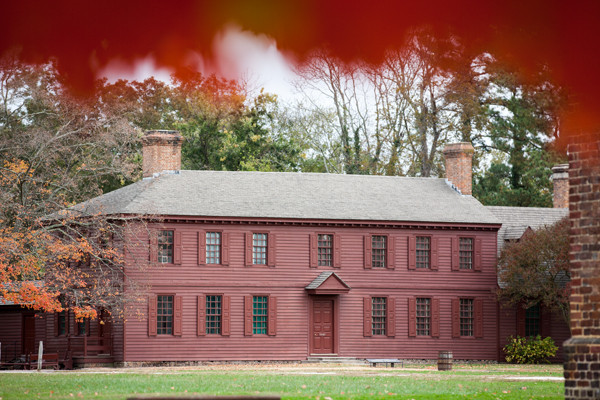
| Peyton Randolph House | ||
|---|---|---|
 Photo Credit: MakingHistoryNow.com |
||
| George Wythe House | ||
|---|---|---|
 Photo Credit: Colonial Williamsburg |
||
| The Kimball Theatre | ||
|---|---|---|
 Photo Credit: Reserve Williamsburg |
||
| Public Gaol | ||
|---|---|---|
 Photo Credit: Colonial Ghosts |
||
| King's Arms Tavern | ||
|---|---|---|
 Photo Credit: Colonial Ghosts |
||
| Bacon's Castle | ||
|---|---|---|
 Photo Credit: Virginia is For Lovers |
||
| Staunton Train Depot | ||
|---|---|---|
 Photo Credit: Haunts.com |
||
| By the Side of the Road Bed & Breakfast | ||
|---|---|---|
 Photo Credit: By the Side of the Road Inn & Cottages |
||
| Cork Street Tavern | ||
|---|---|---|
 Photo Credit: Trekaroo |
||
| Historic Jordan Springs | ||
|---|---|---|
 Photo Credit: Colonial Ghosts |
||
| The Red Fox Inn & Tavern | ||
|---|---|---|
 Photo Credit: Red Fox Inn |
||
| Belle Grove Plantation | ||
|---|---|---|
 Photo Credit: Belle Grove |
||
| Paxton Manor | ||
|---|---|---|
 Photo Credit: Shocktober |
||
| St. Albans Sanatorium | ||
|---|---|---|
 Photo Credit: Colonial Ghosts |
||
| The Martha Washington Inn & Spa | ||
|---|---|---|
 Photo Credit: Only In Your State |
||
| The Barter Theatre | ||
|---|---|---|
 Photo Credit: Only In Your State |
||
| The Tavern | ||
|---|---|---|
 Photo Credit: The Tavern, Abingdon, VA |
||
| Hollywood Cemetery | ||
|---|---|---|
 Photo Credit: Regency Inn Richmond |
||
| Kenmore | ||
|---|---|---|
 Photo Credit: The George Washington Foundation |
||
| Ferry Plantation House | ||
|---|---|---|
 Photo Credit: Trip Advisor |
||
| Assateague Lighthouse | ||
|---|---|---|
 Photo Credit: Island Manor House |
||
| Captain Timothy Hill House | ||
|---|---|---|
 Photo Credit: Chincoteague Chamber of Commerce |
||
| Island Manor House | ||
|---|---|---|
 Photo Credit: Only In Your State |
||
